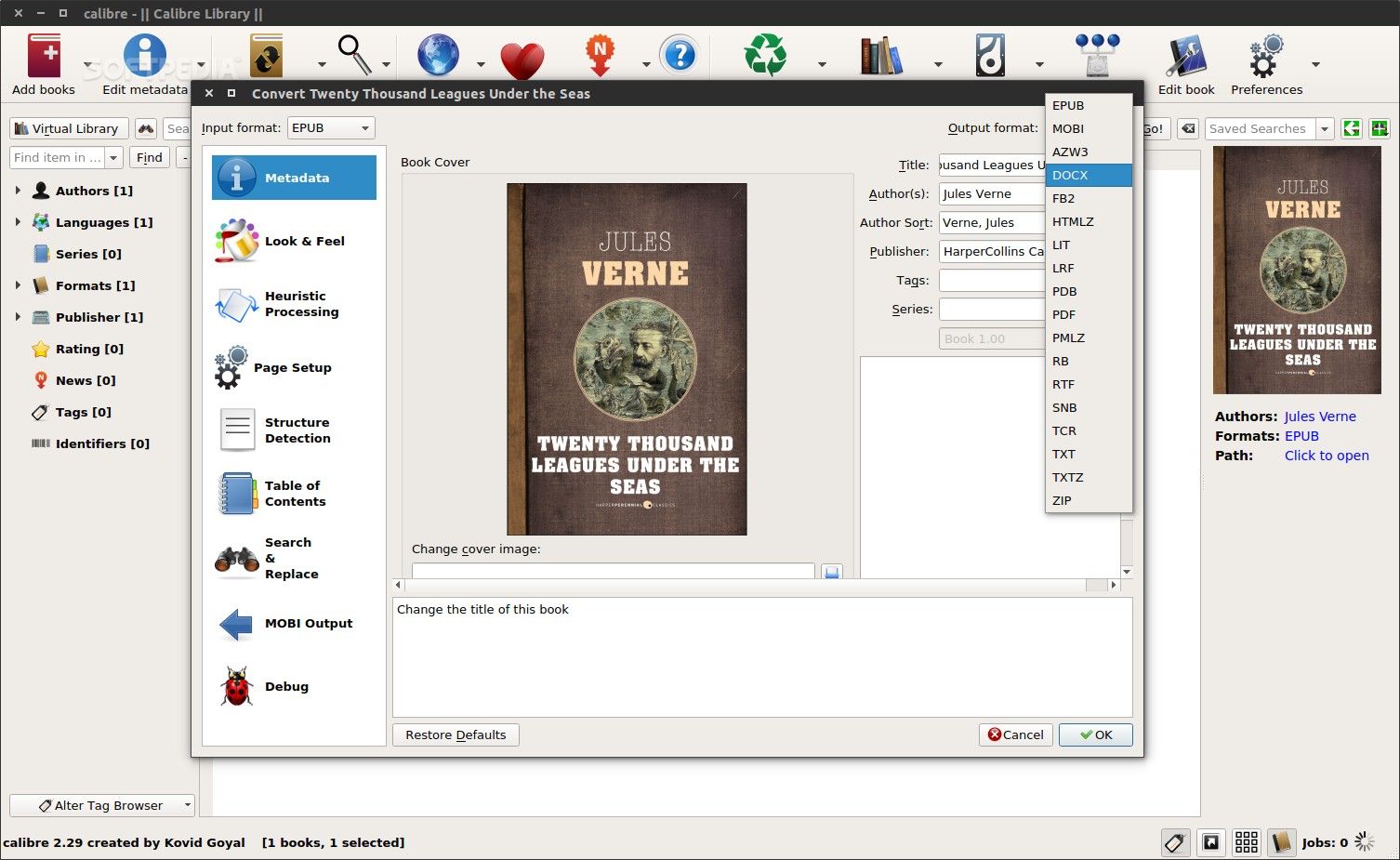

You can paste by right-clicking your mouse or two-finger clicking with your touchpad. To run the commands, copy the text below and paste it into the terminal. The -y is just a shortcut to accept the upgrade without having to be manually prompted. The second actually installs the new packages. The first command simply pings the Debian repository and checks for newer versions of the packages that are currently installed. Once it is finished, a black window will open that contains a line with That is the Linux terminal where we will input the commands to install Calibre and any other applications you choose.īefore we install Calibre, you will need to make sure your Linux container has all of its packages updated and installed. Click Linux and then select “turn on.” In the pop-up window, select “install” and wait for the Linux container to be created. Below the Apps tab, you will see a little penguin (His name is Tux, BTW) with the words Linux (Beta) beside him. Head back to the settings and look at the menu on the left. If your Chromebook supports Linux apps, you should see the option in the same settings menu where you updated your device. If you are up to date, we can move on to the next step. If not, wait for the update to download and you will be prompted to restart and complete the update. Click “check for updates” to see if you’re up to date. Click the gear icon and select “About Chrome OS” at the bottom of the left-hand menu. To update, head to the settings menu in the bottom right system tray. You will need to make sure that your Chromebook is up to date and that it supports Linux applications. I took a few minutes to figure out what was missing from the equation and now, we know exactly how to install the program on Chrome OS.

One user was looking to install the e-book manager but was running into some unexpected errors.

I first encountered Calibre on the Facebook Chromebook group that we highlighted last week. The open-source e-book management software is completely free and lucky for Chromebook users, there is a Linux version. For many, Calibre is the one-stop-shop for managing an extensive, multi-platform catalog. I’m more into old fashioned analog reading myself but I am fully aware that millions of people take to their Kindles, Nooks, iPads and mobile devices to digest daily content and that’s totally fine.Ĭhrome OS has some web-based options for reading e-books and even more options if you look to the Google Play Store but what if you already have a library of publications. With the smaller, tablet-first devices coming, many users may want to use their Chromebook tablets as their primary reader. Chrome OS tablets are still finding their place in the consumer market but the pending release of the Duet Chromebook from Lenovo could open the floodgates for the form-factor.


 0 kommentar(er)
0 kommentar(er)
